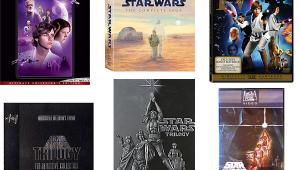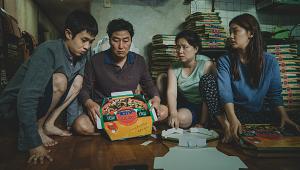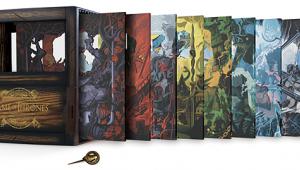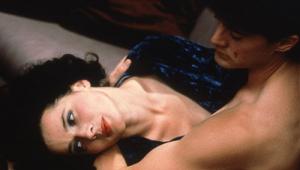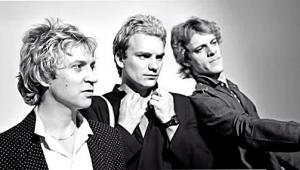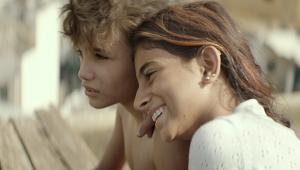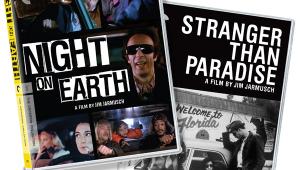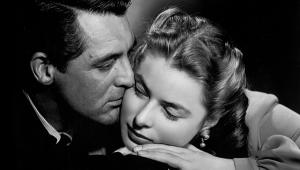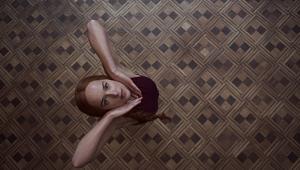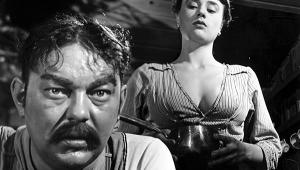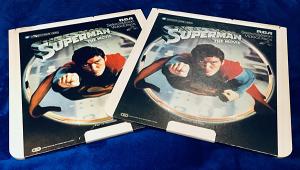The Dying of the Light
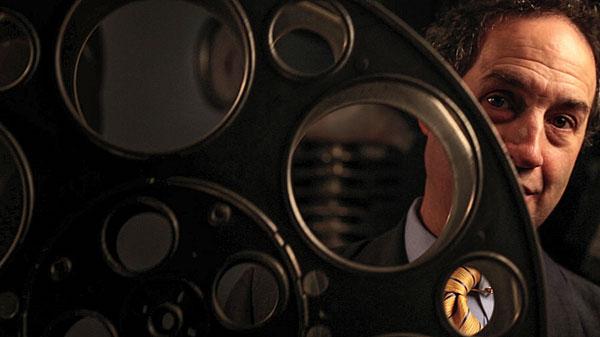
Flynn traveled to long-shuttered theaters to meet projectionists in situ to reveal the secrets of booth life. While the theaters may be literally falling to pieces, the guys’ memories are full of life, and you start to see the work is a calling. As many point out, you don’t go to school to learn the craft; the skills have passed from generation to generation for over a hundred years. It may be a romantic notion, but Flynn’s projectionists see themselves as the last custodians of film presentation as it was meant to be. Film is, after all, just a strip of celluloid racing through a projector at 24 frames per second. It’s the guy—or gal—in the booth that makes the magic happen. Projectionists put the show in show business.
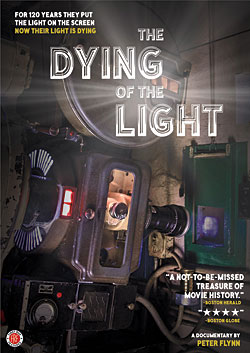 The oldest of the old-timers remember the 1950s when television put a huge dent in theater attendance, and the industry responded with 3D movies, CinemaScope wide-screen projection, and 70mm film with six-track surround sound. As decades passed, projectionists were required to handle more than one or two screens, and eventually up to 20 screens in one theater, as well as Dolby and DTS digital audio.
The oldest of the old-timers remember the 1950s when television put a huge dent in theater attendance, and the industry responded with 3D movies, CinemaScope wide-screen projection, and 70mm film with six-track surround sound. As decades passed, projectionists were required to handle more than one or two screens, and eventually up to 20 screens in one theater, as well as Dolby and DTS digital audio.
Flynn didn’t neglect the current generation of projectionists; most of them have already made the transition from film to computer-based cinema. Some miss the hands-on practice of running film, but since 93 percent of U.S. theaters are now digital, there’s no going back. On the upside, digital cinema is a whole lot less work, and it looks and sounds great, so 35mm film and the people who made and projected it are fading fast. The dying of the light, indeed!
Considering that Flynn’s documentary was mostly shot (with digital cameras) in dark theaters, picture quality and shadow detail are pretty good, and the stereo sound mix does a good job putting you in the booth. It sounds like you’re there.
Extras include a few deleted scenes.
DVD
Studio: First Run Features, 2015
Aspect Ratio: 1.85:1
Audio Format: Dolby Stereo
Length: 94 mins.
MPAA Rating: Not Rated
Director: Peter Flynn


